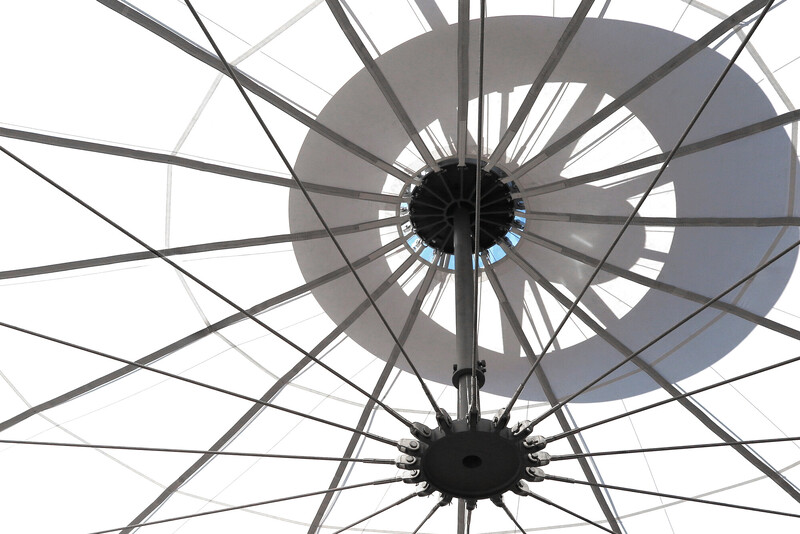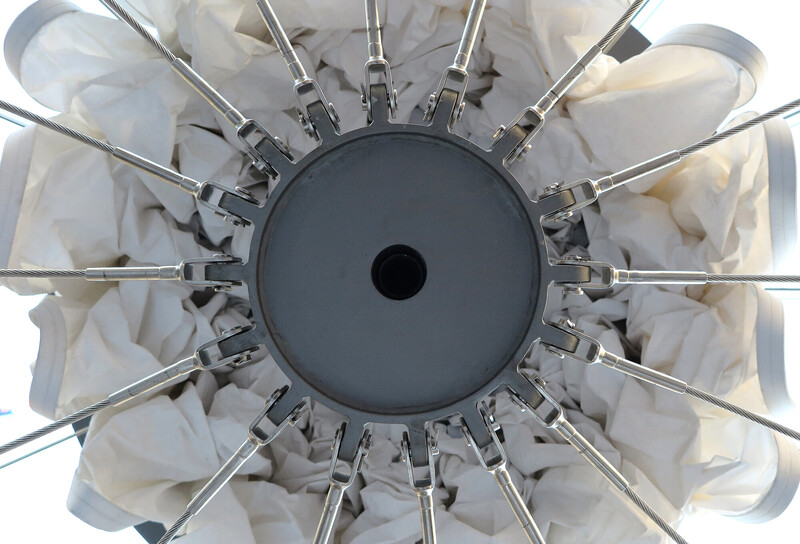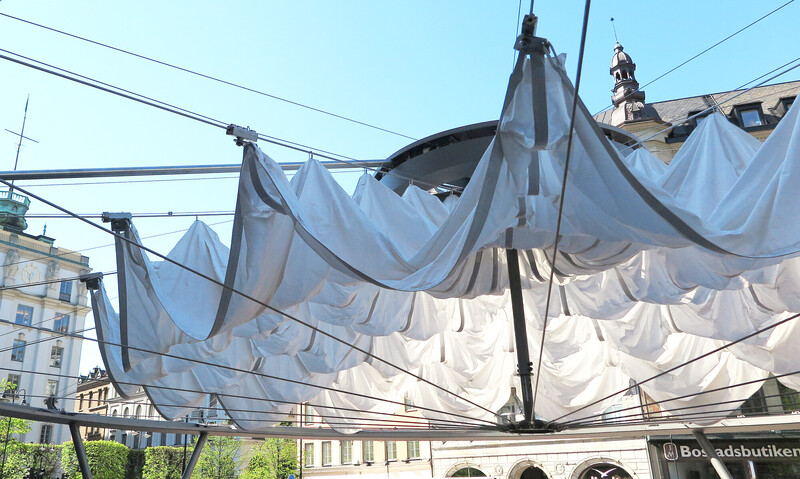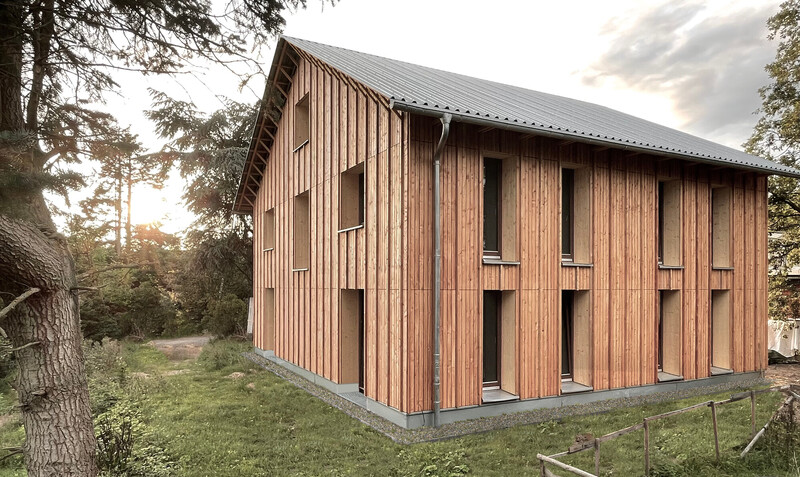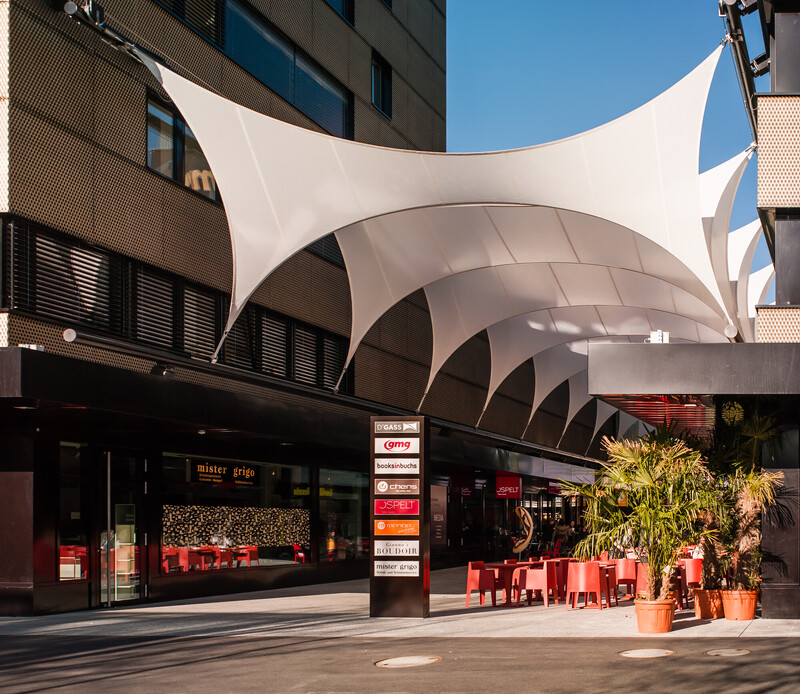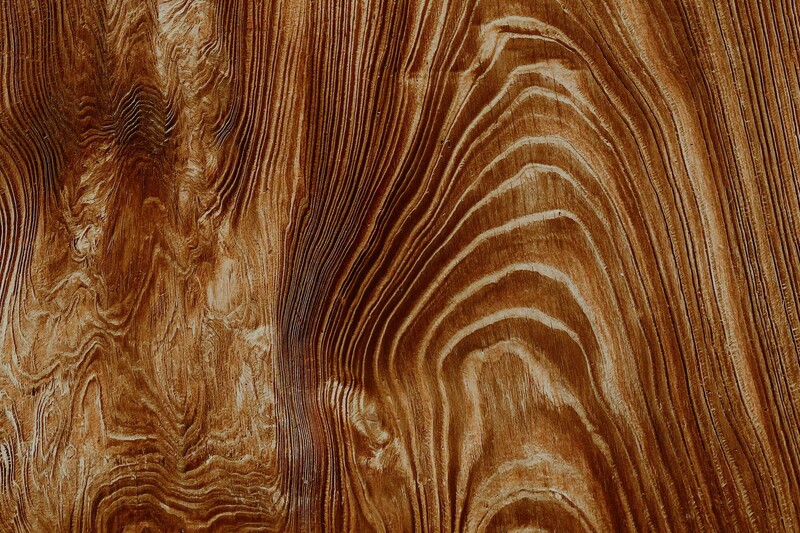
Minimal Impact
Lightweight structures are a key factor in minimizing our carbon footprint.
For us, lightweight construction is more than just a design approach – it is a mindset that shapes everything we do. Through integrated, interdisciplinary thinking, intelligent engineering, and the conscious use of materials, we actively contribute to the ecological transformation of the construction industry. In this way, lightweight construction becomes a key element of sustainable, resource-efficient building. Resource-efficient use of materials – the right material in the right place.
Resource-efficient use of materials — the right material in the right place
Our approach to lightweight construction is based on the conscious, careful use of resources. We strategically optimize material allocation and incorporate circular and renewable resources, such as wood, straw, and clay, into hybrid structures. By combining materials to leverage each one’s unique strengths, we adhere to the principle of using the right material in the right place. This approach results in efficient, adaptable, and ecologically compatible constructions that meet the highest functional and aesthetic standards.
Integral lightweight structures – intelligent structures through integral thinking
For us, lightweight construction means viewing the material, structure, and system as an interconnected whole. By carefully aligning these elements, we develop intelligent, functional, and resource-efficient designs. Integrated lightweight construction is built on the principle of integrating functions: structural elements fulfill multiple roles, reducing material use and increasing efficiency. This approach is firmly embedded in our planning processes and forms the foundation for innovative, future-oriented structural solutions.
Construction in existing buildings—transforming structures to be future-ready
Handling existing structures requires a particularly responsible approach. In line with circular construction practices, we focus on conserving load-bearing structures, optimizing their statics, and adapting them flexibly to new requirements. By using reclaimed structural elements and recyclable materials, we extend the lifespan of buildings and actively help close the materials loop. This approach enables us to integrate structural planning for existing buildings with the goal of sustainably enhancing and future-proofing them.
